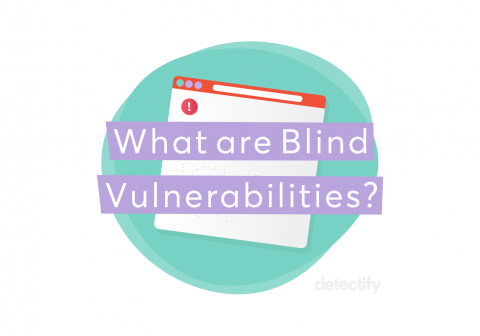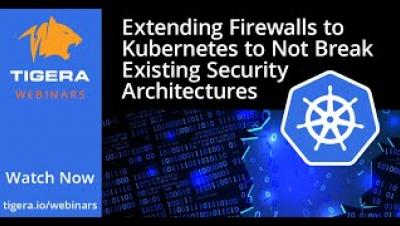The 4 Questions Industrial CISOs Need to Ask When Evaluating a Cybersecurity Tool
Cybersecurity is finally reaching the shop floor in earnest thanks to new technology that works with—not against—the legacy equipment that runs most industrial control systems (ICS). That being said, industrial companies and organizations in sectors like manufacturing, energy, utilities, transportation and water treatment can be slow to adapt to the new cybersecurity tools at their disposal because they present a new way of operating in an industry that’s set in its ways.










